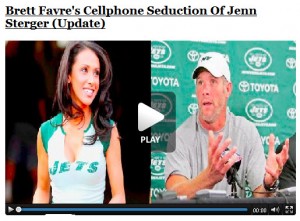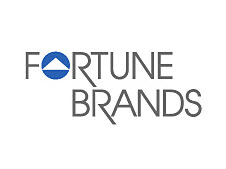Loss On Investment. (Pt. 2)
I wrote a piece last week about LOI or loss on investment. There used to be only a couple of ways for brands to let consumer’s down: A bad product experience — we all know how that can get tongues wagging — and poor or offensive marketing communication, e.g., an ad. The latter rarely happens because professionals are developing those and approving those. Also, ads are often researched.
Two ways to lose brand investment used to be the case, not today. Brands use way move channels to reach consumers. A poorly laid out website can tork off consumers. A slow or unfulfilling ecommerce experience. Some poorly thought out photos on Facebook accompanied by irate online comments. Digital and social have given consumers and poorly trained employees new hand in communications and it can dilute brand value. Undoing the good work.
Last week a friend emailed me having received a disingenuous email from Amazon. A huge fan who has fed lots of money into the Kindle engine she was pissed because Amazon asked her to take a survey about Kindle usage. She happily agreed but then learned they were just trying to upsell her a Kindle Fire. To add insult, they asked lots of inane questions they should have known having so much data on her. Her rant to me was paragraphs. She’ll get over it, but a petal has fallen off that rose.
The problem in brand management today is twofold. First, you actually have to have a brand strategy to manage. (One idea and three proof planks.) And second, you have to manage vigorously…with all partners, vendors, employees and publics. Find your brand strategy and feed it.
Peace.





